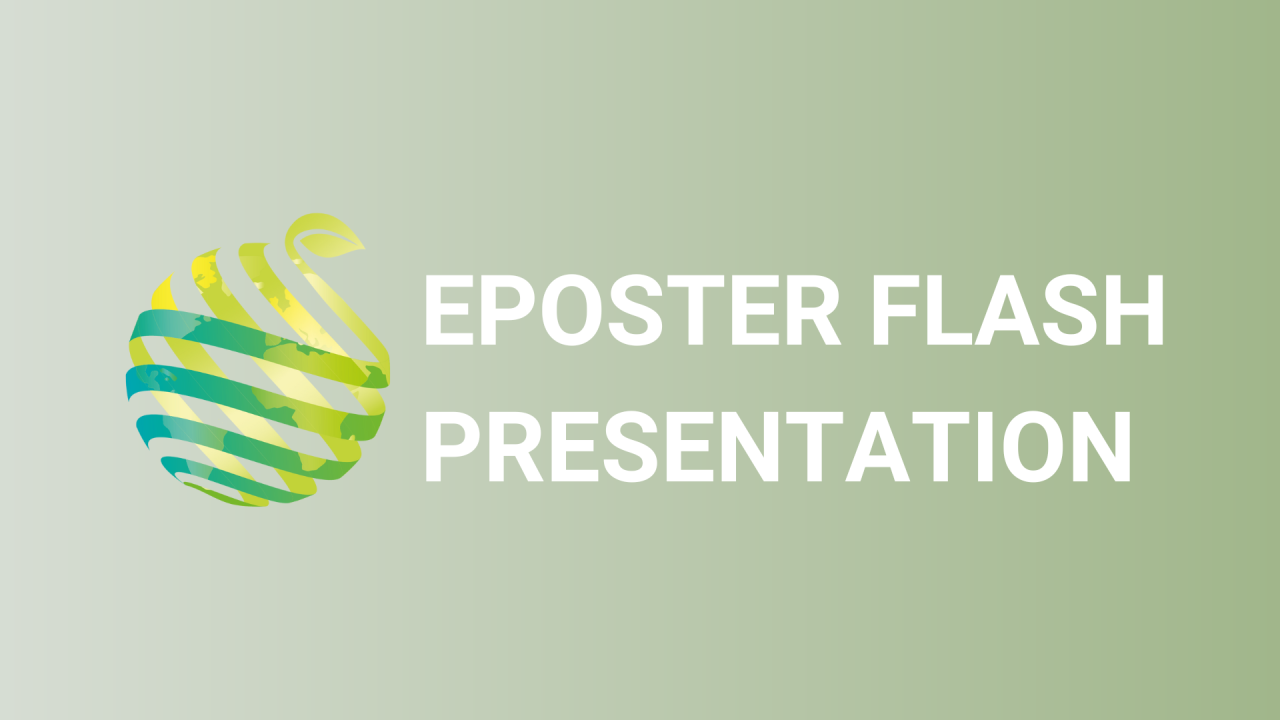

S12 - Session P2 - Strategies to enhance water management and adapt to climate change - Discrimination of olive genotypes tolerant to drought based on their physiological mechanisms
Information
Authors: Ioanna Manolikaki, Chrysi Sergentani, Georgios Koubouris *
Extreme climatic conditions such as high temperatures combined with increased water stress in olive trees of the Mediterranean basin have raised the necessity to identify drought-tolerant olive tree genotypes. In a field experiment in 2020, we aimed to unravel the photosynthetic response of olive varieties to drought stress. Ten Greek olive cultivars ('Amfissis', 'Chondrolia Chalkidikis', 'Gaidourelia', 'Kalamon', 'Kerkyras', 'Koroneiki', 'Koutsourelia', 'Mastoidis', 'Valanolia', and 'Megaritiki'), one from Italy (Frantoio) and one from Spain (Picual) were evaluated for their photosynthetic performance under well-irrigated and non-irrigated conditions. The net photosynthesis rate and intercellular CO 2 assimilation were significantly affected by the genotype, the irrigation conditions, and the interaction of both parameters. Conversely, stomatal conductance and transpiration followed a different trend. Specifically, the genotype affected these two photosynthesis parameters, yet irrigation conditions and the interaction of both factors did not show significant differences. The photosynthesis rate of 'Picual' and 'Valanolia' increased by 53% and 72% under irrigation, respectively. 'Koutsourelia' showed the highest values regarding photosynthetic parameters, though 'Valanolia' showed the highest value of intercellular CO2 assimilation. 'Valanolia', 'Kerkyras' and 'Koroneiki', 'Mastoidis' and 'Kerkyras' exhibited the lowest photosynthesis rate, stomatal conductance, intercellular CO 2 assimilation, and transpiration, respectively. These findings highlight the need for further research investigations on the different physiological responses of genotypes to drought stress. Funding: This research has been partially financed by i) Greek national funds through the Action "Establishment of a National Research Network in the Olive Value Chain", code 2018ΣΕ01300000 of GSRT, ii) the General Secretariat for Research and Innovation of the Ministry of Development and Investments under the PRIMA Programme for the project Freeclimb (PRIMA is an Art.185 initiative supported and co-funded under Horizon 2020, the European Union's Programme for Research and Innovation) and iii) the European Union's Horizon 2020 research and innovation programme under grant agreement No. 101000427 for the project Gen4Olive.